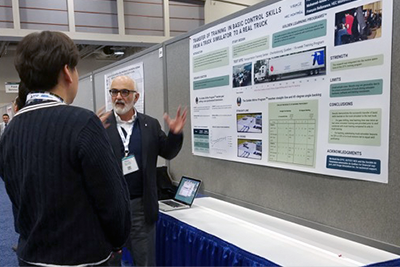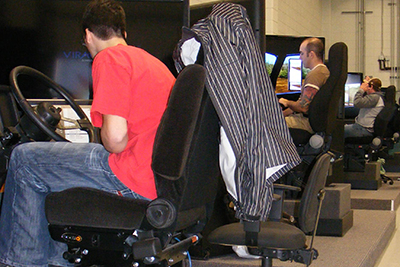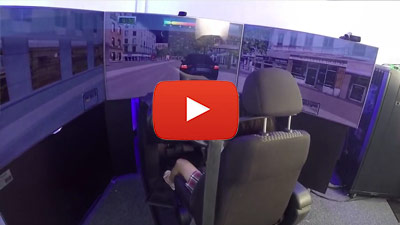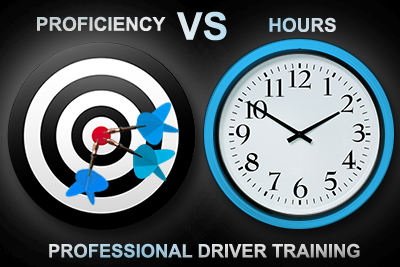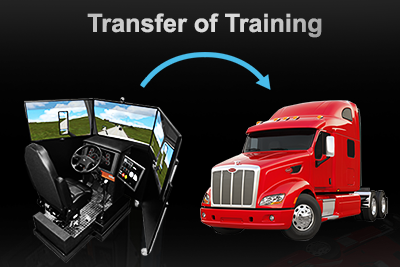Introduction:
Simulator visual system. The information relevant to driving is predominantly visual [1]. Therefore, the visual system is arguably the most critical component of any driving simulator configuration. The characteristics of the visual system determine the range of driving maneuvers that can be realistically trained and evaluated or investigated by researchers. The primary features of a visual system are the size of the screens (or projection surfaces), the width of the field of view (FOV) and the graphic realism, i.e. 1:1 graphic-to-optic ratio vs. compression of the visual scene (similar to a fish-eye lens). These features directly influence the comfort of the driver, the training goals that can be achieved, the risk of negative training, the space required for the driving simulator, the cost of installation and the total cost of the system.
Our purpose in writing this article is to inform users and potential users of driving simulator systems of the importance of matching their training, evaluation and research goals to the appropriate visual system. We propose that driver training, evaluation and research are intrinsically interrelated because driving skills that are trained should also be evaluated and all driving behaviors are subject to research. Therefore, for the sake of brevity we will only refer to driver training goals in relation to the requirements of the simulator visual system with the understanding that evaluation and research goals are automatically included.
In this article, we describe the minimal requirements of a visual system for driving simulation in terms of its capacity to effectively address the multiple requirements and goals of driver training. We recommend that the minimum specifications for driving simulator visual systems consist of a forward FOV of at least 180 degrees plus rearview mirrors and blind spot displays and a 1:1 graphic-to-optic representation. The recommended visual system will be compared to visual systems of less than 180
degrees, systems without blind spot displays and systems that compress 180 degrees of graphics onto physical displays that are narrower than 180 degrees.
